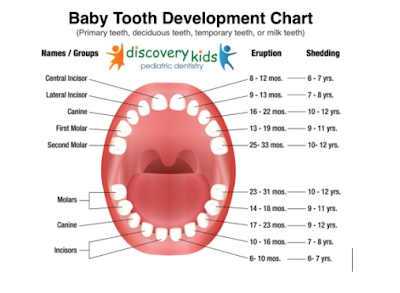WHAT IS PULPECTOMY?? Every human tooth has three parts in the crown (part visible in the oral cavity)- hard tissue structures called the enamel and dentin and a soft tissue pulp on the inside. Correspondingly, the root of the tooth has two hard tissues known as the cementum and dentin and a soft tissue structure pulp on the inside. While the enamel , cementum and dentin on the outer layers of the teeth are tough and lifeless, the pulp inside is soft, living, highly sensitive and consists of nerves and blood vessles which provide nutrition and vitality to the tooth. When the outer layers of the tooth are damaged, it is possible for the pulp inside to become infected. In some cases to save the tooth, it may be required that the pulp be removed. This procedure of removal of infected pulp, cleaning of the pulp canals and then filling it with a suitable resorbing material in a milk tooth is known as pulpectomy. WHAT HAPPENS DURING TREATMENT? A pulpectomy is similar to a





